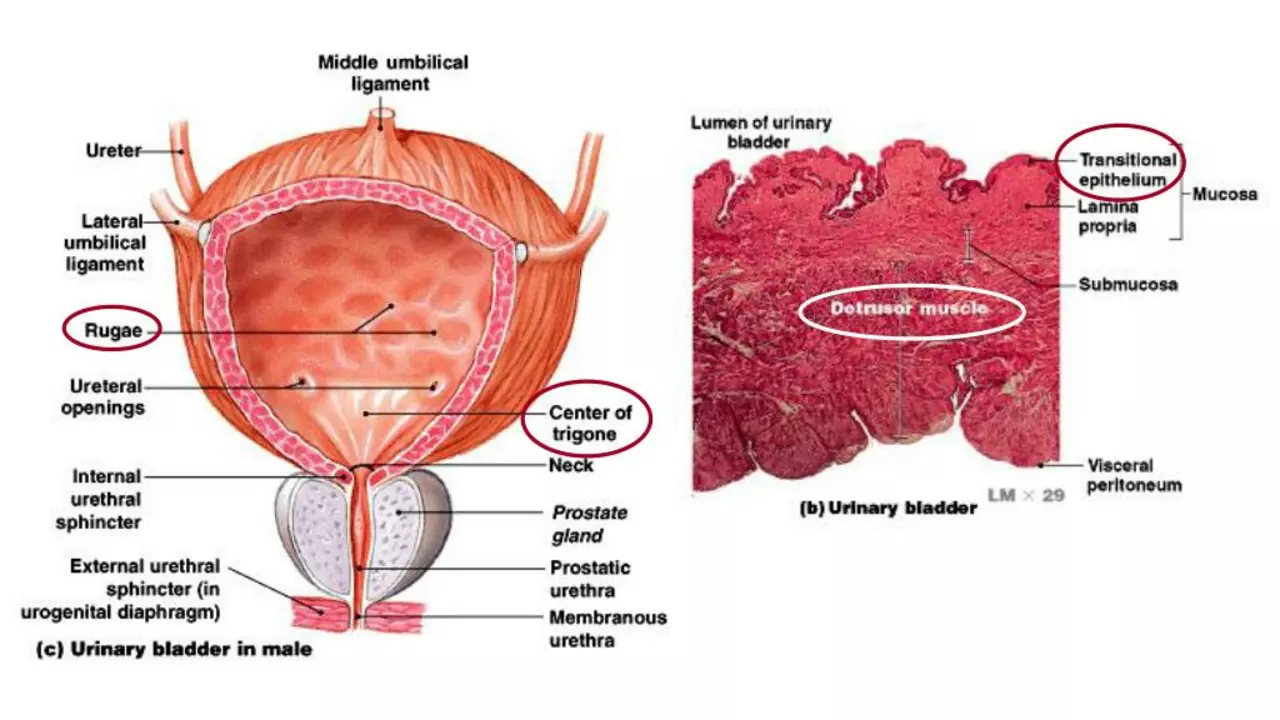Prostate health: what to watch for and what to do
Your prostate matters more than you might think. It sits under the bladder and helps make semen, but as men age it can cause issues like frequent peeing, pain, or rarely, cancer. Knowing simple signs and small lifestyle moves can make a big difference.
Common prostate problems
BPH (benign prostatic hyperplasia) is the non-cancer growth of the prostate. It can press on the urethra and cause weak stream, incomplete emptying, urgency, and nighttime peeing. Prostatitis is inflammation or infection of the prostate that can cause pain in the groin, painful urination, fever, or general discomfort. Prostate cancer often grows slowly and may not cause symptoms early on; when symptoms appear they can mimic BPH or include blood in urine or unexplained weight loss.
Not every urinary change equals a serious problem, but some signs need quick care: sudden inability to pass urine, high fever with urinary symptoms, visible blood in urine, or new bone pain. These require urgent medical attention.
Practical steps to protect your prostate
Screening: Talk with your doctor about PSA blood tests and digital rectal exams. For most men, screening starts around 50. If you’re Black or have a first-degree relative with prostate cancer, discuss starting around 45. Screening has pros and cons—ask your doctor about what makes sense for you.
Diet: Swap processed foods and large amounts of red meat for more vegetables, fish, and whole grains. Tomatoes and cooked tomato sauces contain lycopene, a nutrient linked in some studies to lower prostate risk. Keep dairy moderate and focus on a balanced plate.
Exercise and weight: Aim for at least 30 minutes of moderate activity most days. Regular exercise helps hormone balance and lowers the risk of BPH symptoms and aggressive prostate cancer. Losing excess weight improves urine flow and lowers inflammation.
Bladder habits: Avoid too much caffeine and alcohol if you notice urgency. Try double voiding (urinate, pause a minute, try again) and timed voiding to reduce nighttime trips. Pelvic floor exercises—yes, men can do Kegels—help control leaking and urgency.
Medications and treatments: If symptoms are bothersome, talk to your doctor. Alpha-blockers (like tamsulosin) relax prostate muscles and can improve flow quickly. 5-alpha-reductase inhibitors (like finasteride) shrink the prostate over months. There are also surgical and office-based options for severe BPH. For prostatitis, antibiotics or anti-inflammatories may be needed.
Smoking and alcohol: Quit smoking and limit heavy drinking. Both increase overall cancer risk and can worsen urinary symptoms. Also manage other health issues—high blood pressure, diabetes, and high cholesterol affect prostate health indirectly.
See a doctor if symptoms change, worsen, or if you’re unsure. Small daily habits and early conversations with your provider often prevent bigger problems later. Stay aware, stay active, and make care choices that fit your life.
The connection between bladder and urinary incontinence symptoms and prostate health
In my recent exploration of health issues, I've discovered a fascinating connection between prostate health and bladder or urinary incontinence symptoms. Essentially, an enlarged or inflamed prostate can press against the urethra, causing symptoms like frequent urination, inability to empty the bladder, and urinary incontinence. It's such a vital issue for men, particularly as they age, as the prostate naturally enlarges over time. It's crucial to maintain regular check-ups and adopt a healthy lifestyle to ensure good prostate health and mitigate these symptoms. Remember, knowledge is power, especially when it comes to our health.

